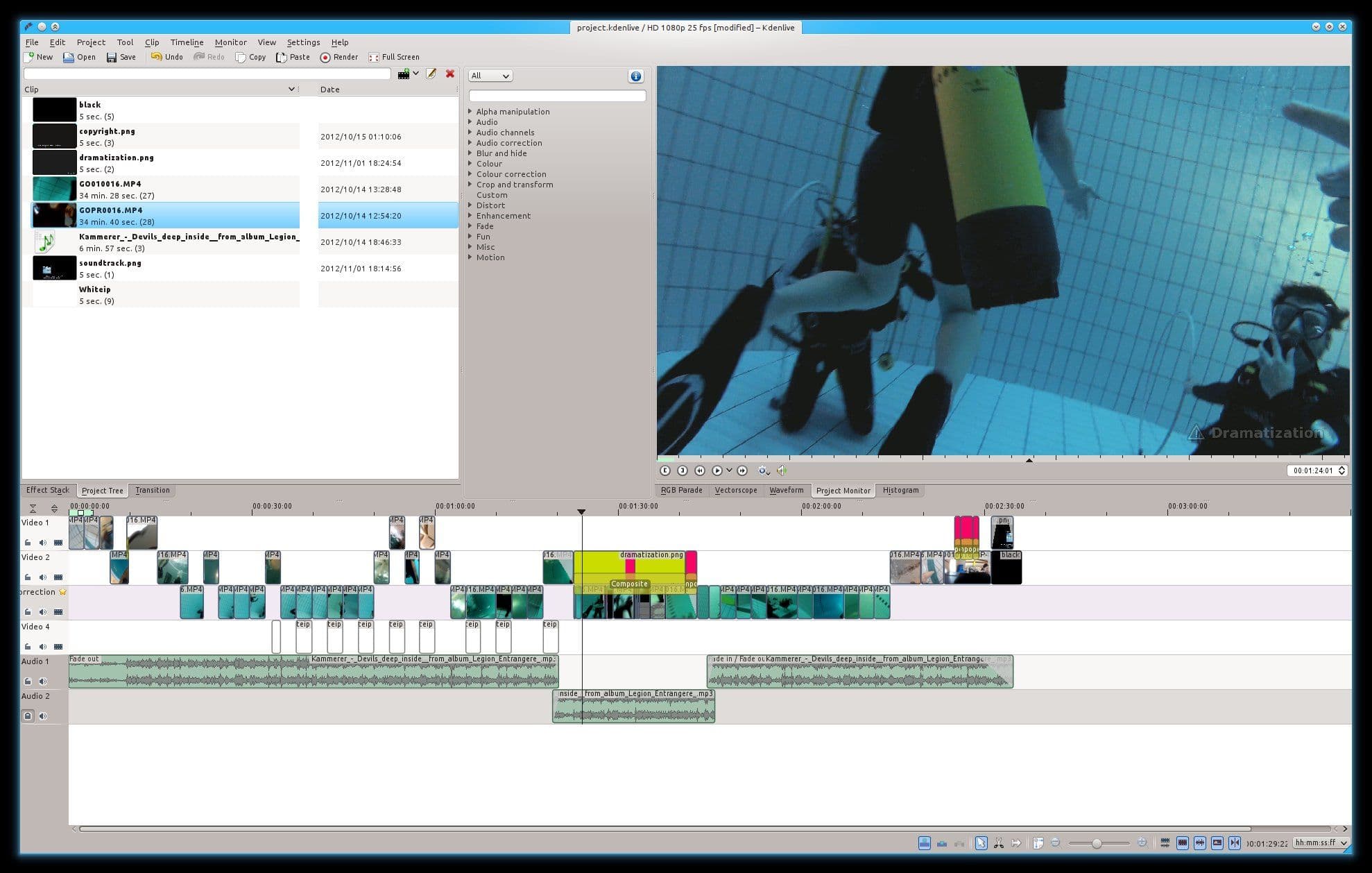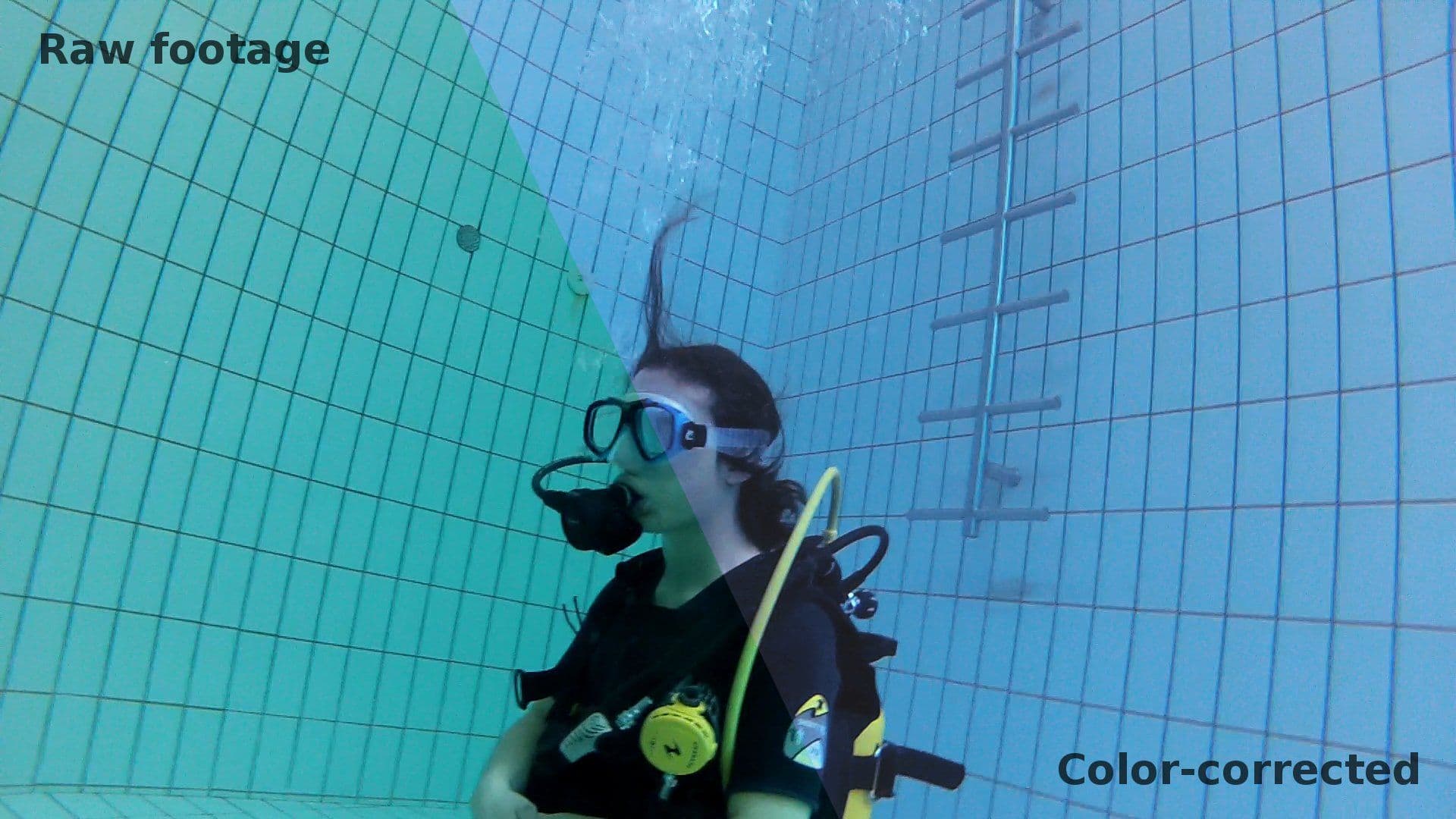Here is my last dive at the pool, the last indoor dive required to validate my PADI Open Water Diver certification:
https://www.youtube.com/watch?v=LPpoNwjrg-4
It was the first time I used my brand new GoPro HD Hero2 and its dedicated dive housing . Everything was recorded in 1080p at 25fps with the widest FOV setting available (170°).
Before bringing my camera, I asked the permission to both my instructor and the director of the dive center. I only took the GoPro for my last pool dive, so my instructor already knew about my behavior and calmness underwater. He would not have let me use my toy if he wasn’t confident of my ability to manage it.
I’m aware of task overloading issues. And I found out that a GoPro mitigate these risks: with its big battery life and a huge SD-card, I just start it before the dive and forget it. The lack of LCD screen on that camera, if making framing nearly impossible, doesn’t distract you from your environment and its dangers. But this real-life test demonstrated again how stabilization is essential to produce good footage.
The camera was attached to my left wrist . The rationale was that having something on my head was a bad idea: it could prevent me from accessing and purging my mask. I can’t risk (yet) to be blind.
I choose the arm for its accessibility: if something goes wrong or the GoPro get into my way, I can easily get rid of it. It’s just a toy, less valuable than my life. I don’t care if I have to buy a new one. I choose the left arm for the camera, to keep the right side free of distractions (this is vital to handling the regulators in case of emergency).
The video was edited with Kdenlive:

All footage above water are straight out of the camera. But underwater, below 3 meters, I tried to fix colors by increasing magenta tones. Here is a comparison between the raw footage and its color corrected version:

And here is the stack of filters I used to achieve the result above.

Next step: the ocean! :)
